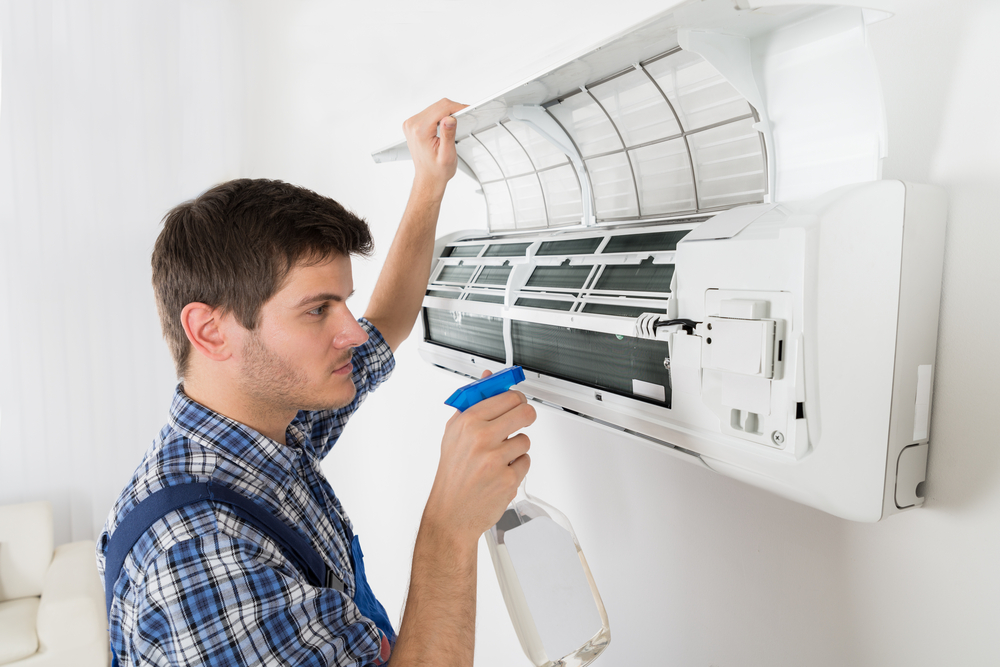Improving energy efficiency through proper air conditioning AC installation techniques is paramount in today’s world where energy conservation is increasingly vital. AC systems are ubiquitous in homes, offices, and commercial spaces, but their energy consumption can be significant if not installed and maintained correctly. Proper installation techniques focus on optimizing the system’s performance while minimizing energy wastage. One crucial aspect is ensuring the right size unit is selected for the space it will cool. Undersized units may struggle to reach the desired temperature, leading to overuse and increased energy consumption, while oversized units cycle on and off frequently, wasting energy and causing wear and tear. Conducting a thorough load calculation based on factors such as room size, insulation, and local climate helps in selecting the appropriately sized unit. Additionally, proper installation involves positioning the AC unit strategically to maximize airflow and minimize obstructions. Placing the outdoor condenser unit in a shaded area away from direct sunlight prevents overheating and reduces the workload on the system.

Adequate spacing around the unit allows for proper airflow, enhancing efficiency. Moreover, sealing and insulating ductwork are essential steps to prevent air leaks, which can significantly reduce the system’s efficiency by allowing cool air to escape before reaching its intended destination. Properly insulated ducts ensure that conditioned air reaches its destination efficiently, reducing the need for the system to work harder to compensate for losses. Furthermore, optimizing airflow within the space is crucial for energy efficiency. This involves ensuring that vents are unobstructed and properly sized to allow for adequate air distribution. Properly positioned vents and returns prevent the system from overworking to maintain a consistent temperature throughout the space. Additionally, installing programmable thermostats enables users to set temperature schedules based on occupancy, reducing energy consumption during periods of inactivity. Regular maintenance is also key to maximizing energy efficiency and prolonging the lifespan of the AC system. This includes cleaning or replacing air filters regularly to ensure unrestricted airflow and prevent dust and debris buildup, which can impede performance.
Periodic inspections by qualified technicians can identify and address any issues promptly, such as refrigerant leaks or worn-out components, preventing energy wastage and costly repairs down the line. Incorporating energy-efficient features such as variable speed motors and high-efficiency compressors can further enhance the performance of AC systems and Contact Us. Variable speed motors adjust airflow based on demand, reducing energy consumption during periods of lower cooling needs. High-efficiency compressors utilize advanced technology to deliver superior cooling performance while consuming less energy compared to conventional models. In conclusion, proper AC installation techniques play a crucial role in improving energy efficiency and reducing operational costs. By selecting the right size unit, positioning it correctly, optimizing airflow, and incorporating energy-efficient features, homeowners and businesses can enjoy comfortable indoor environments while minimizing their environmental footprint and energy expenses. Regular maintenance and upkeep are essential to ensuring the continued efficiency and longevity of AC systems.


